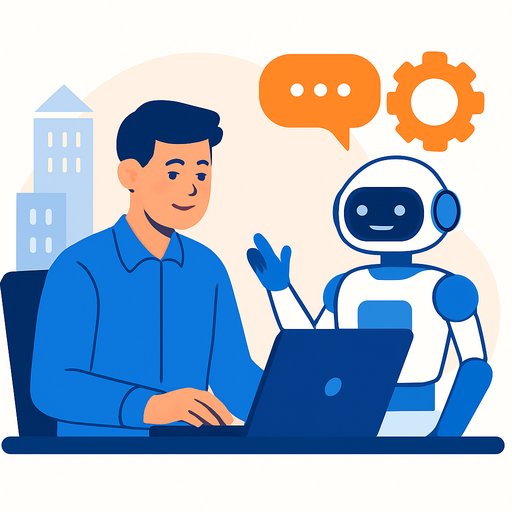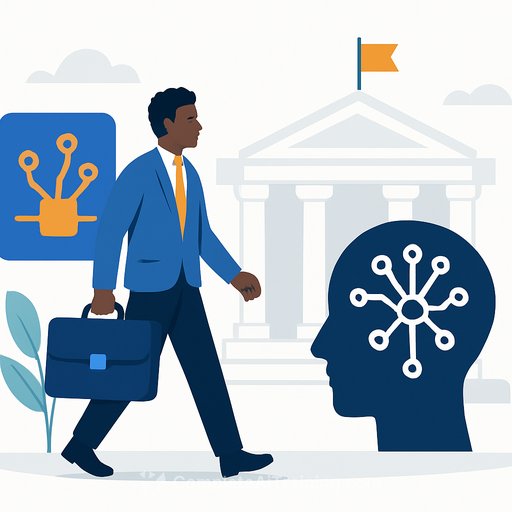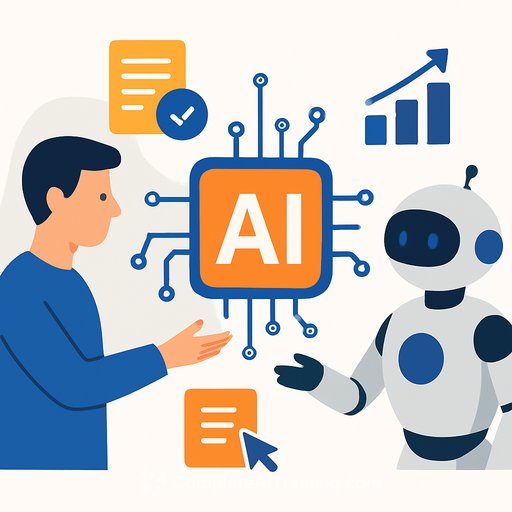San José employees, meet your new chatbot assistant? City eyes expansion of AI
San José is moving to expand AI across City Hall. The city is soliciting proposals for a generative AI platform that would let all 7,000 employees create their own chatbot assistants to reduce routine admin work and focus on higher-value tasks.
Leaders say early pilots show meaningful productivity gains across multiple departments. The goal: give staff tools that speed up analysis, documentation, and service delivery-without removing human judgment from the loop.
What this platform would help you do
- Draft and refine reports, memos, and briefings
- Analyze datasets and surface trends faster
- Summarize lengthy documents and code provisions
- Support software development and technical tasks
City leaders report 10-20% productivity gains in several departments using early AI assistants. The emphasis is on shifting time from repetitive work to problem-solving, field coordination, and resident communication.
Proof points from San José's pilots
Transit: A pilot tool helped keep buses on schedule by reducing idle time at red lights.
Operations: AI now helps improve language translation on city web pages and proactively identify potholes, graffiti, illegal dumping, and encampments so crews can respond sooner.
Roadway safety: The city expanded a program after models identified potholes with 97% accuracy and trash debris with 88% accuracy.
Inside the organization, staff-built assistants are already changing workflows. A data analyst created a 311 Service Request Analyzer that surfaces the top issues in minutes, not hours. An environmental inspector built a GPT that can review 700+ pages of code in seconds. Budget staff used AI to spot spending and revenue patterns by querying past records. A transportation employee used AI to draft a federal grant application, then quickly repurposed the work to secure multi-million-dollar funding from the Metropolitan Transportation Commission when the original grant was pulled.
Training matters. Through two cohorts of an internal upskilling initiative with San José State, about 80 employees documented more than 10,000 hours saved and roughly $50,000 avoided in consulting costs.
Guardrails, risks, and accountability
AI can produce confident but incorrect outputs. Recent incidents have included federal reports with non-existent citations and legal filings that referenced fake case law. A civic AI platform even misnamed San José's mayor during a news segment recap.
The city's stance is clear: verify against original sources, double-check facts, and treat AI as a drafting and analysis partner-not a final authority. Human review remains mandatory, especially for anything affecting policy, compliance, or resident services.
- Adopt verification steps for summaries, citations, and data outputs
- Establish usage policies for sensitive data and privacy
- Track model output quality and set escalation paths for errors
- Provide ongoing training and create department-level champions
For reference frameworks your team can adapt, see the NIST AI Risk Management Framework (NIST AI RMF) and the U.S. Government Accountability Office's AI Accountability Framework (GAO).
Workforce concerns and the city's position
Union leaders at AFSCME Local 101 have raised concerns about worker voice and protections, calling for strong guardrails to ensure AI supports-not replaces-public servants. They emphasize residents rely on the judgment and experience of city staff.
City leadership has stated the intent is to invest in employees, not remove roles. The objective is to give teams better tools, broaden skill sets, and refocus time on service quality and higher-order work.
What this means for government teams
- Start with low-risk, high-volume tasks: summaries, first drafts, FAQs, and internal data queries
- Document what to verify: facts, citations, legal references, and datasets
- Define clear approval checkpoints before anything public-facing
- Create shared prompt libraries and playbooks to standardize quality
- Measure impact: hours saved, error rates, turnaround time, and resident satisfaction
- Include labor partners early to align on safeguards and training
What to watch next
San José plans to procure a citywide platform, expand roadway safety work, and speed up permitting with AI assistance. The city is also sharing approaches through the GovAI Coalition while continuing multi-track AI curricula with San José State.
If your department is preparing for similar adoption, consider structured upskilling paths by role. A curated place to start: AI courses by job.
Bottom line: AI assistants are moving from pilot to standard toolkit. Use them to clear repetitive work, keep humans in control, and prove value with measurable outcomes.
Originally Published: October 18, 2025 at 5:00 AM PDT
Your membership also unlocks:






